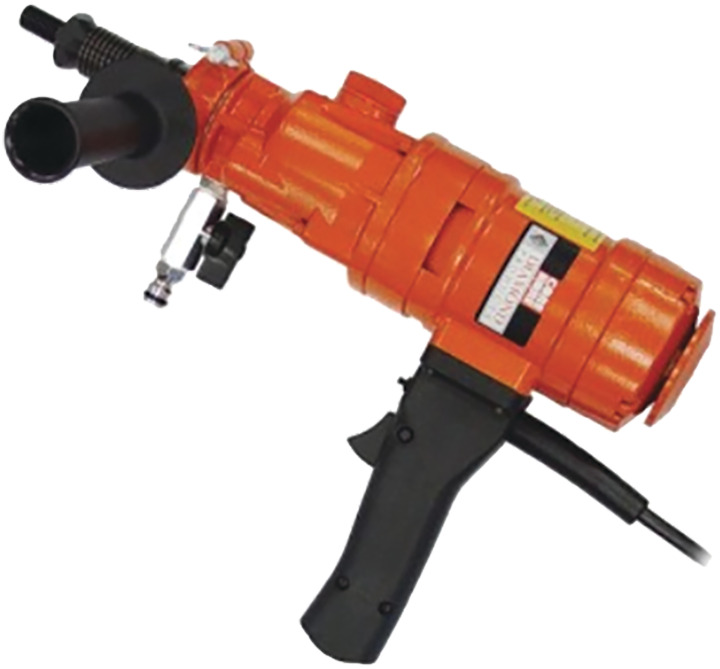Core Drills
Filter
9 items
content loaded
Price
$3,389.99 (EACH)
Item pricing and delivery options may vary based on location. Select your local branch for best pricing.
Price
$4,299.99 (EACH)
Item pricing and delivery options may vary based on location. Select your local branch for best pricing.
Price
$2,495.99 (EACH)
Item pricing and delivery options may vary based on location. Select your local branch for best pricing.
Price
$2,719.99 (EACH)
Item pricing and delivery options may vary based on location. Select your local branch for best pricing.
Price
$3,519.99 (EACH)
Item pricing and delivery options may vary based on location. Select your local branch for best pricing.
Price
$2,239.99 (EACH)
Item pricing and delivery options may vary based on location. Select your local branch for best pricing.
Price
$1,784.99 (EACH)
Item pricing and delivery options may vary based on location. Select your local branch for best pricing.
Price
$3,368.99 (EACH)
Item pricing and delivery options may vary based on location. Select your local branch for best pricing.
Price
$3,389.99 (EACH)
Item pricing and delivery options may vary based on location. Select your local branch for best pricing.
Price
$4,299.99 (EACH)
Item pricing and delivery options may vary based on location. Select your local branch for best pricing.
Price
$2,495.99 (EACH)
Item pricing and delivery options may vary based on location. Select your local branch for best pricing.
Price
$2,719.99 (EACH)
Item pricing and delivery options may vary based on location. Select your local branch for best pricing.
Price
$3,519.99 (EACH)
Item pricing and delivery options may vary based on location. Select your local branch for best pricing.
Price
$2,239.99 (EACH)
Item pricing and delivery options may vary based on location. Select your local branch for best pricing.
Price
$1,784.99 (EACH)
Item pricing and delivery options may vary based on location. Select your local branch for best pricing.
Price
$3,368.99 (EACH)
Item pricing and delivery options may vary based on location. Select your local branch for best pricing.









